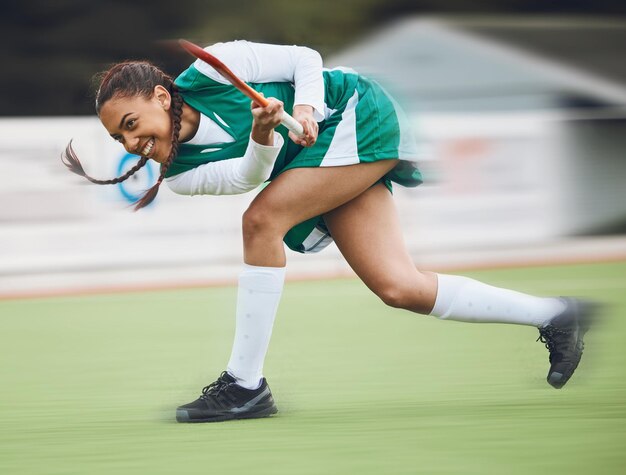
In recent decades, the world of competitive sports has witnessed a monumental shift. Women, once sidelined and underrepresented in athletic arenas, have not only broken barriers but have reshaped the landscape of sports altogether. The rise of women in competitive sports has been a testament to perseverance, resilience, and the push for gender equality, challenging old stereotypes and proving that women are capable of achieving excellence on the same stage as men.
Historically, women faced numerous obstacles in sports, ranging from societal expectations to legal restrictions. In many countries, women were not even allowed to participate in the Olympics until the 20th century. Even after inclusion, the media often focused more on their appearance and femininity rather than their athleticism. Despite these hurdles, female athletes have persisted and thrived, paving the way for future generations.
One of the most significant milestones was the inclusion of women’s events in the Olympic Games. From the first female Olympians in 1900 to the establishment of women’s sports leagues, such as the WNBA (Women’s National Basketball Association) and the WTA (Women’s Tennis Association), women have shown their abilities in various competitive sports, ranging from soccer to track and field, to gymnastics and combat sports. Athletes like Serena Williams, Simone Biles, Abby Wambach, and Jackie Joyner-Kersee have become household names, inspiring millions of young girls worldwide.
Moreover, the rise of women in sports has been fueled by the growing number of female-led sports organizations and initiatives. Title IX in the United States, passed in 1972, was a game-changer for female athletes. It mandated equal opportunities in education and sports, offering female athletes the resources and support they needed to compete at the highest level. This law has allowed female athletes to access scholarships, facilities, and coaching previously reserved for their male counterparts, furthering their participation in competitive sports.
The media’s portrayal of female athletes has also evolved. Where once the focus was on their looks or roles as wives and mothers, today, female athletes are celebrated for their athletic achievements and breaking records. Social media platforms have also played a huge role in amplifying their voices, allowing them to connect directly with fans and advocate for equality.
However, challenges remain. Gender pay gaps persist, with female athletes often earning significantly less than their male counterparts. There is also the struggle for recognition and equal airtime in sports broadcasting. Nevertheless, the momentum toward equality continues to grow as more women step into leadership positions and demand the respect they deserve.
FAQs
- What is the significance of Title IX?
- Title IX is a U.S. law that prohibits discrimination based on sex in educational programs and activities, including sports, ensuring that female athletes receive equal opportunities.
- Which female athletes have inspired a generation?
- Serena Williams, Simone Biles, Abby Wambach, and Jackie Joyner-Kersee are among the top athletes who have broken barriers in their respective sports.
- What are the challenges faced by female athletes today?
- Female athletes continue to face gender pay gaps, limited media coverage, and unequal treatment in comparison to male athletes.
- How has social media impacted women in sports?
- Social media has allowed female athletes to build their brands, share their stories, and connect with fans, providing a platform for advocacy and visibility.
- Why were women initially excluded from the Olympics?
- Cultural norms and misconceptions about women’s physical capabilities led to their exclusion from the Olympics until 1900.
- Are women’s sports leagues growing in popularity?
- Yes, leagues like the WNBA and NWSL have seen increased viewership and participation, proving the growing popularity of women’s sports.
- What can be done to further promote equality in sports?
- Advocating for equal pay, providing equal opportunities, and increasing media coverage of women’s sports can help further promote equality.
Conclusion
The rise of women in competitive sports is an inspiring story of breaking boundaries and achieving greatness. Female athletes have overcome immense challenges and continue to defy expectations, paving the way for a future where women are seen as equals in all forms of competition. While there are still hurdles to overcome, the progress made so far is undeniable. With continued advocacy, support, and recognition, women will continue to thrive and leave an indelible mark on the sports world.
